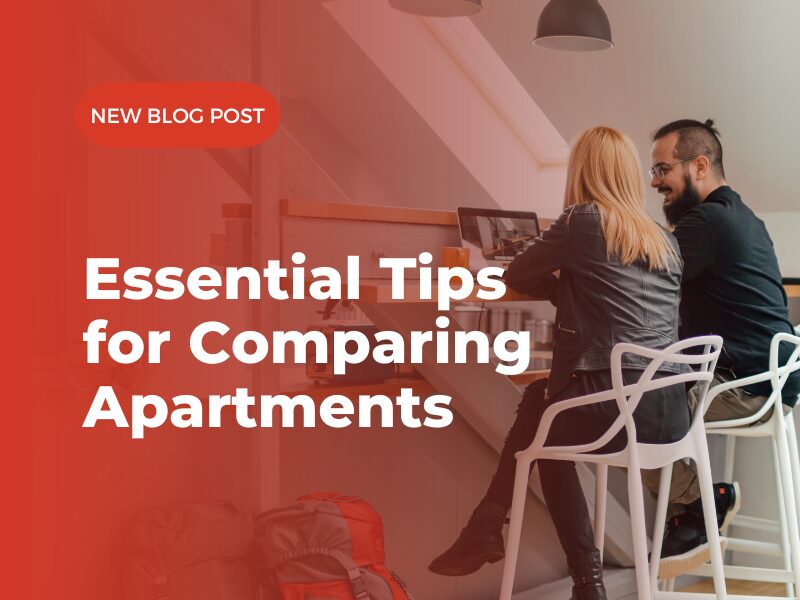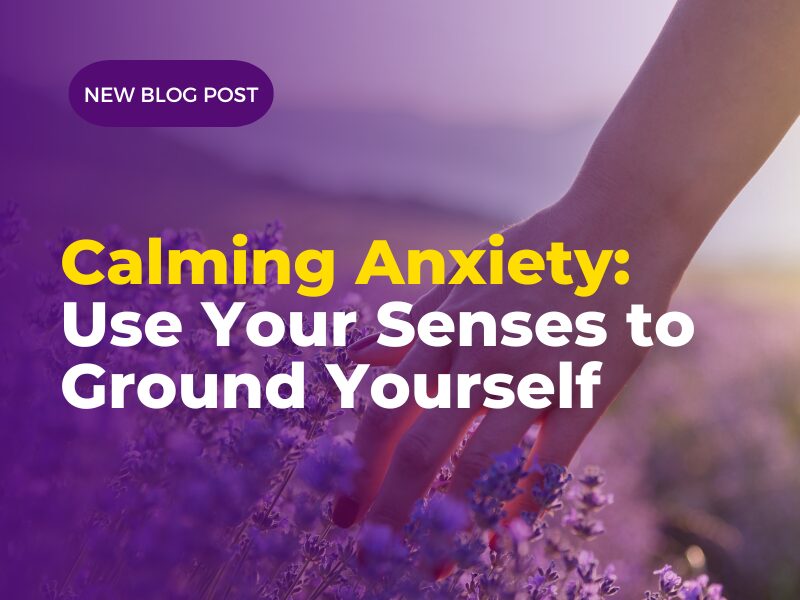Can My Playlist Affect My Mood?


Music Sets the Tone in Movies
Imagine you’re watching a scary movie. The main character is walking down a long hallway towards a door at the end. As they get closer to the door, the music gets louder and scarier. Something bad is behind that door!
Now imagine that the sound on your TV suddenly stops working. You still see the character walking towards the door, but what happens to your emotions? Without the music, the scene doesn’t seem nearly as scary.
Music doesn’t just have this effect on television. Many people have personal, emotional connections with music in many areas of their lives.
The Power of Music
"Music hath charms to soothe the savage breast. To soften rocks, or bend the knotted oak.” - 15th century quote.
So, is there a way to use music to improve your mood? Can music even help with physical symptoms that you feel when you’re anxious or depressed?
As it turns out, yes it can!
Enter, the Iso-Principle
The iso-principle is a technique that you can use to match a song to your current mood, then gradually add songs to the playlist that get happier or calmer, to slowly lower anxiety and heart rate and make you feel better. (Davis, Gfeller, & Thaut, 2008).
“I feel sad all the time, how can a playlist help with that”?
In this case, it's important to start your playlist with a song that validates how you feel at your saddest. This can be a scary thought because common advice is to avoid music that matches those intense feelings and instead, “listen to something happy”. However, when we experience big emotions, validation is a helpful tool.
Finding a song that matches how I feel when I am at my saddest helps me feel heard, and that I am not alone. It is also non-judgemental.
If your playlist contains 10 songs, the first song would be the one that resonates most strongly with that intense feeling of sadness. As the playlist progresses, gradually shift to songs that move you to the feeling you’re aiming for. It’s important to move through your playlist until you notice a change.
“When I’m anxious, I notice my heart rate is going a mile a minute”.
In this case, start your playlist with music that is fast-paced and matches your heart rate. For the rest of your playlist, choose music that is slightly slower each song, and notice your heart rate gradually slow!
Make your Iso-Principal Playlist!
Your iso-principle playlist will be unique to you! There are no universal songs that make a person feel sad or happy. How music makes you feel is very personal and based on preference, lived experiences and memories.
When using your playlist, find a comfortable space to listen. This can be in your room, your car or other safe place. As the music plays, try to be as mindful as possible, paying attention to the songs you have chosen and noticing any changes in your mood. It is also perfectly acceptable to belt the songs out with your voice as you move through your list!
Yes, your playlist CAN improve your mood! Give it a try!
Instagram Feed
"Lutherwood has vacancy listings and a phone, fax, and photocopier. The staff gave me tips on finding a cheap apartment. It made it a lot easier to find a place."












